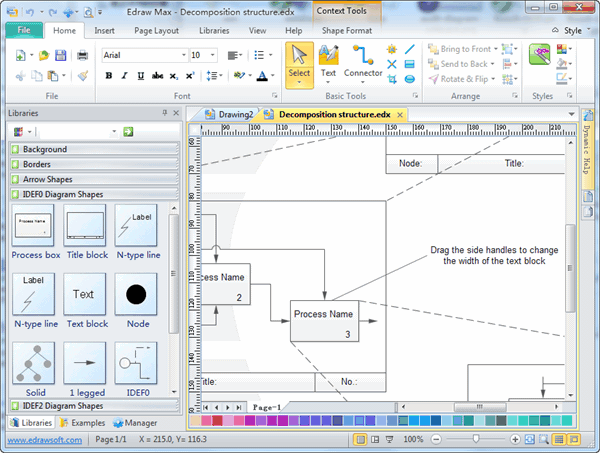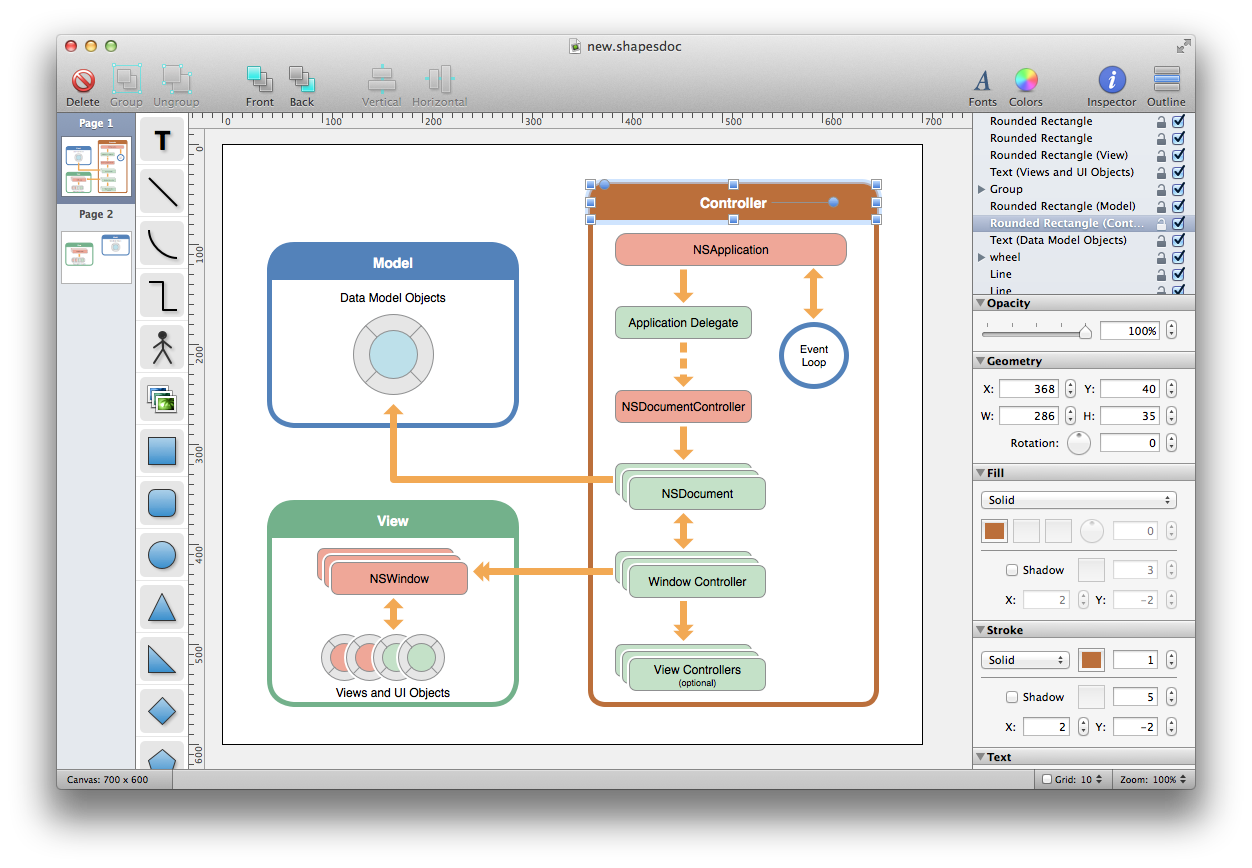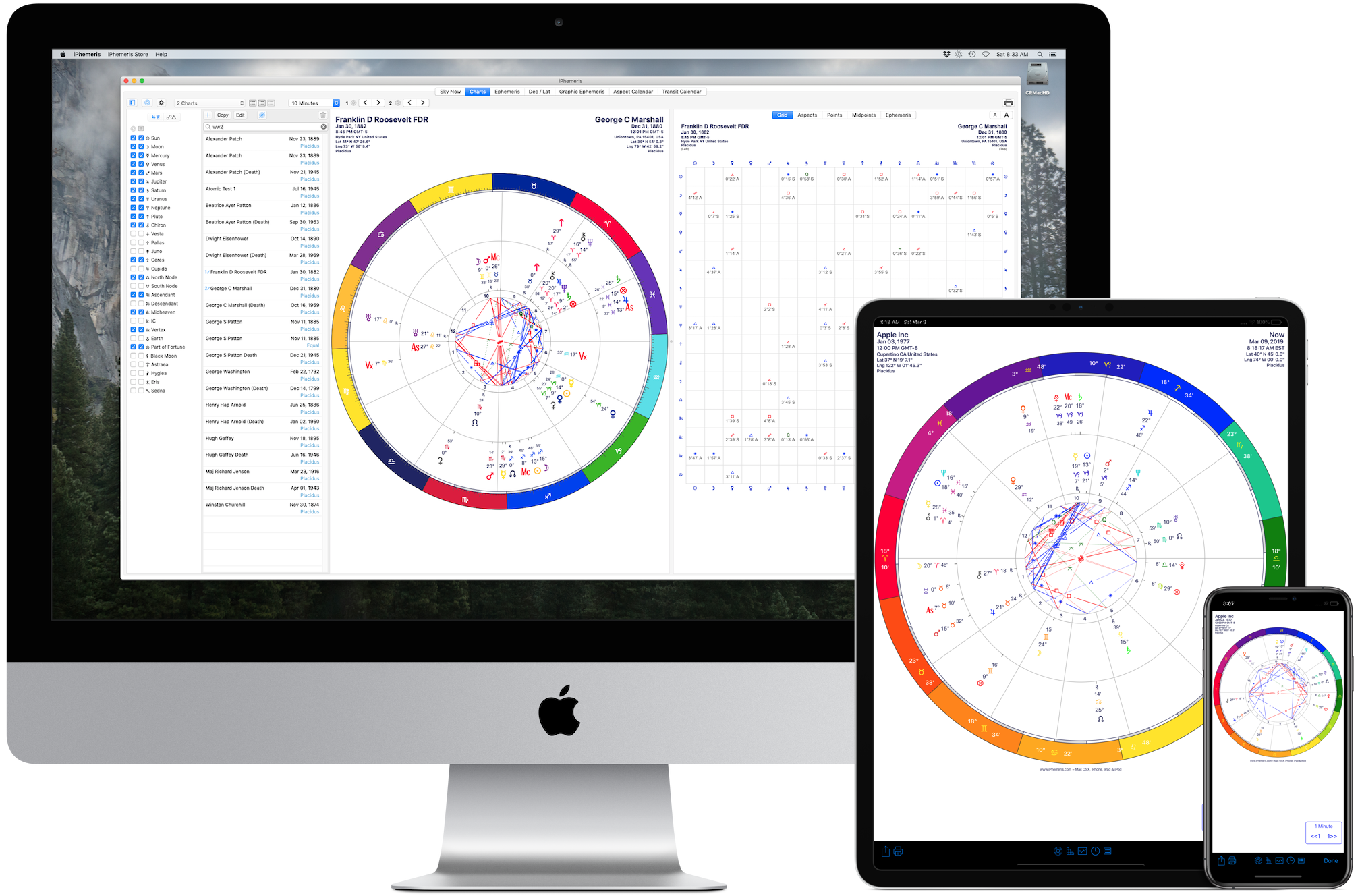Is your Mac up to date with the latest version of the Mac operating system (macOS or OS X)? Is it using the version required by some product or feature? Which versions are earlier (older) or later (newer, more recent) than the version currently installed? To find out, learn which version is installed now.
If your macOS isn't up to date, you may be able to update to a later version.
Unlike SmartDraw OmniGraffle is a desktop diagramming software for Mac which can be used for all kinds of diagramming on Mac including flowcharts. For those that prefer a native desktop flowchart app for Mac over web based apps, OmniGraffle is definitely one of the best diagramming apps for Mac out there. Featured in; Best Forex Trading Platform For Mac and Best Stock. Read breaking news in this app, and create custom stock watch lists to. I trade using Mac OS X and currently I am beta testing ProTA Mac OS X version. And historical charting with 100+ studies, 30+ drawing tools and many chart types. Best forex charting software for mac. Stitches is a professional level cross-stitching and charting application for Mac OS X. Stitches allows anyone to create and design their own cross-stitch charts, either from scratch.
Which macOS version is installed?
From the Apple menu in the corner of your screen, choose About This Mac. You'll see the macOS name, such as macOS Mojave, followed by its version number. If some product or feature requires you to know the build number as well, click the version number to see it.
This example shows macOS Catalina version 10.15 build 19A583.
Which macOS version is the latest?
These are all Mac operating systems, starting with the most recent. When a major new macOS is released, it gets a new name, such as macOS Catalina. And as updates that change the macOS version number become available, this article is updated to show the latest version of that macOS.

If your Mac is using an earlier version of any Mac operating system, you should install the latest Apple software updates, which can include important security updates and updates for the apps installed by macOS, such as Safari, Books, Messages, Mail, Music, Calendar, and Photos.
| macOS | Latest version |
|---|---|
| macOS Catalina | 10.15.5 |
| macOS Mojave | 10.14.6 |
| macOS High Sierra | 10.13.6 |
| macOS Sierra | 10.12.6 |
| OS X El Capitan | 10.11.6 |
| OS X Yosemite | 10.10.5 |
| OS X Mavericks | 10.9.5 |
| OS X Mountain Lion | 10.8.5 |
| OS X Lion | 10.7.5 |
| Mac OS X Snow Leopard | 10.6.8 |
| Mac OS X Leopard | 10.5.8 |
| Mac OS X Tiger | 10.4.11 |
| Mac OS X Panther | 10.3.9 |
| Mac OS X Jaguar | 10.2.8 |
| Mac OS X Puma | 10.1.5 |
| Mac OS X Cheetah | 10.0.4 |
Learn more

- Always use the macOS that came with your Mac, or a compatible newer version.
- Learn how to reinstall macOS from macOS Recovery.
For some time now, charting data in Excel has become not only simple but also automated to the extent that you can easily go from a tabular spreadsheet to a comprehensive area, bar, line, or pie chart in no time with a few well-contemplated mouse clicks. Then as you edit the data in your spreadsheet, Excel automatically makes corresponding changes to your charts and graphs.
That’s not theend of the program’s charting magic, though. You can, for example,change the chart or graph type at any point, as well as edit colorschemes, the perspective (2D, 3D, and so on), swap axis, and much,much more.
But, of course,it all starts with the spreadsheet.
Laying OutYour Data
While Excelallows you to arrange your spreadsheets in many ways, when chartingdata, you’ll get the best results laying it out so that each rowrepresents a record and each column contains elements of orpertaining to specific rows.
Huh? Take thefollowing spreadsheet, for example.
The far-left column contains a list of laser printers. Except for Row 1, which holds the column labels, or headers, each row represents a specific printer, and each subsequent cell holds data about that particular machine.
In this case, each cell holds print speed data: Column B , how long it took to print the first page of a print job; Column C, how long it took to print all pages, including the first page; Column D, how long it took to churn the entire document, sans the first page out.
While this is asomewhat basic spreadsheet, no matter how complex your data, stickingto this standard format helps streamline the process. As you’ll seecoming up, you can map the cells in a small part of your spreadsheetor chart the entire document, or worksheet.

The typical Excelchart consists of several distinct parts, as shown in the imagebelow.
Charting YourData
If you haven’tdone this before, you’ll probably be surprised at how easy Excelmakes charting your spreadsheets. As mentioned, you can map theentire worksheet, or you can select a group of columns and rows tochart.
Say, for example, that in the worksheet we were working on in the previous section that you wanted to chart only the first two columns of data (columns B and C), leaving out column D. This entails a simple two-step procedure:
- Select the data you want to chart, including the labels in the left column and headers in the columns you wish to include in your chart, as shown below.
- Press ALT+F1.
Or, to chart theentire spreadsheet, follow these steps.
Charting Software For Mac Os X 10 13 Download
- Select all the data in the spreadsheet, as shown in the top image below. Do not select the entire sheet, as shown in the second image below—select only the cells containing data.
- Press ALT+F1.
Excel does agreat job of choosing the appropriate chart type for your data, butif you prefer a different type of chart, such as, say, horizontalbars, or perhaps a different color scheme, maybe even a 3D layoutwith gradient fills and backgrounds, the program makes all theseeffects and more easy to achieve.
Changing ChartType
As witheverything else in Excel, there are several ways to modify your charttype. The easiest is, however, to.
- Select the chart.
- On the menu bar, click Chart Design.
- On the Chart Design ribbon, choose Change Chart Type.
This opens theChange Chart Type dialog box, shown here.
As you can see,there are numerous chart types, and clicking one of them displaysseveral variations across the top of the dialog box.
In addition to changing chart types from the Chart Design ribbon, you can also make several other modifications, such as color schemes, layout, or applying one of the program’s many pre-designed chart styles. Chart styles are, of course, similar to paragraph styles in Microsoft Word. As in MS Word, you can apply one of the numerous styles as-is, edit existing styles, or create your own.
Adding And Removing Chart Elements
Older Mac Os X Software
Chart elementsare, of course, the various components, such as the title, thelegend, the X and Y axis, and so on that make up your chart. You canadd and remove these elements by clicking the plus symbol thatappears on the right side of the chart when you select it.
Mac Os Software Download
Beneath the Chart Elements fly out is the Chart Styles fly out, which displays when you click the paintbrush icon to the right of the chart.
Beneath Chart Styles you’ll find Chart Filters, which lets you turn on and off (or filter) various components of your chart, as shown here:
If those aren’t enough modification options, there are a slew of others in the Format Chart Area to the right of the worksheet that lets you change all aspects of your chart, from fills and backgrounds to gridlines, to 3D bars, pie slices, drop shadows – I can go on, and on. But I’m sure you get the point as to what’s available.
When you click Text Options, for example, you get another barrage of effects you can apply to the text in your charts. The options are almost unlimited, to the extent that without some restraint, you could wind up creating some garish-looking charts and graphs – without even trying all that hard, which brings me to an important design guideline.
Just because you have all these fantastic design tools at your disposal doesn’t mean you have to use them….or, well, not so many of them at the same time. The idea is to make your graphics attractive enough to catch your audience’s attention, but not so busy that the design itself detracts from the message you’re trying to convey. It is, after all, the message that’s important, not your design prowess or the brute power of your graphics design software.
A good rule ofthumb is that, if it looks too busy and distracting, it probably is;dumb it down some. Don’t use too many decorative fonts, if any, asthey’re not easy to read. When using business-oriented charts andgraphs, concentrate on what you’re trying to say and not somuch on how you say it.
Meanwhile,charting tabular data can render it much easier to understand andmuch friendlier than column after column of text and numbers.